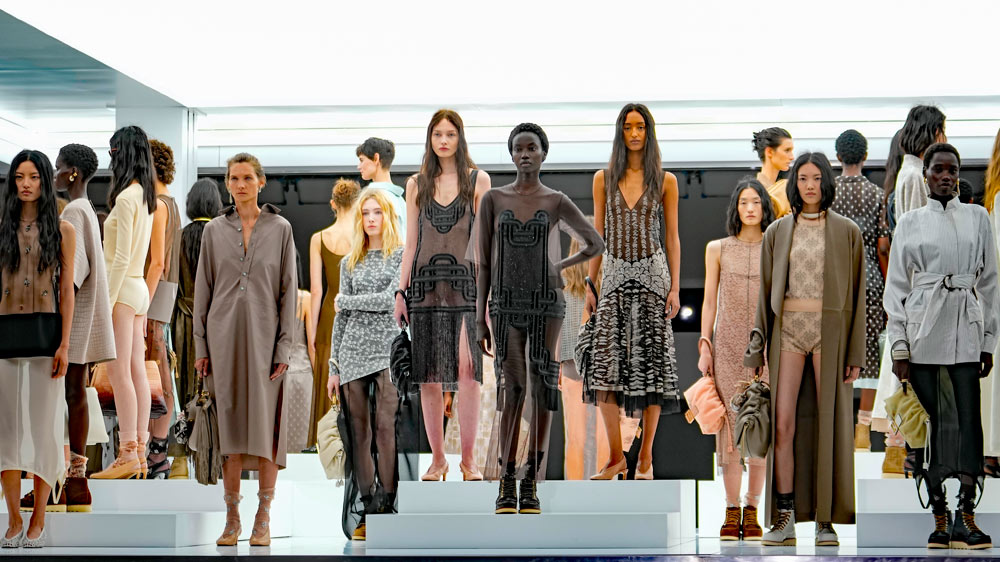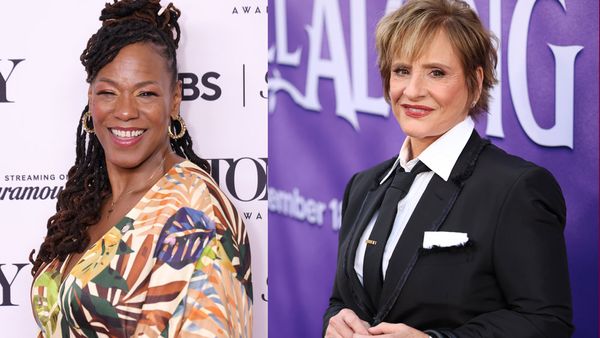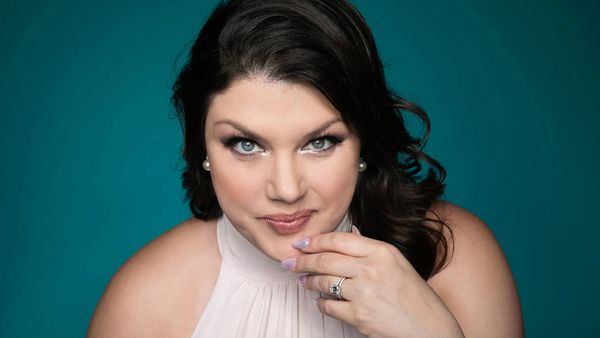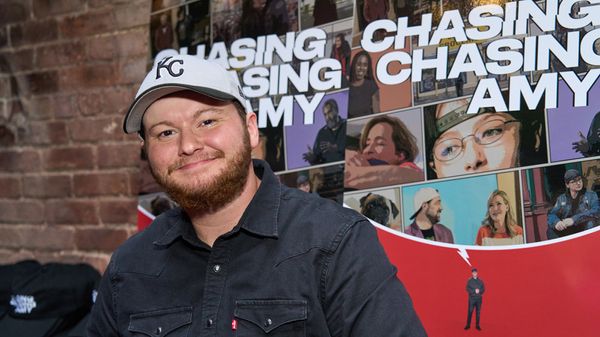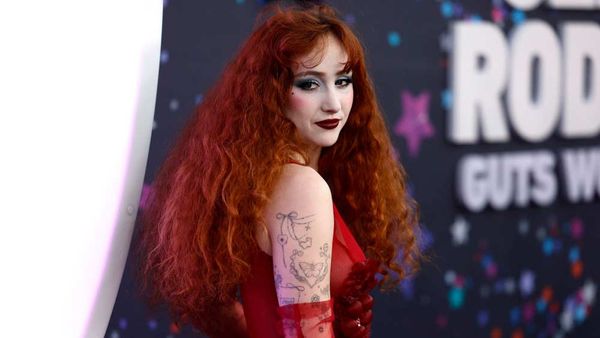
February 5, 2017
Ballets Pleasant & Unpleasant
Paul Parish READ TIME: 4 MIN.
San Francisco Ballet might as well have titled its Programs 1 & 2 as "Ballets Pleasant & Unpleasant," given that that's how the audience was bound to respond to them, and that both evenings would be in fact equally exhilarating and would have their fans.
Both programs are mixed bills with a big, juicy world premiere at the center. Program 1 featured a scrumptious setting of Rachmaninov's romantic Piano Concerto #2, Program 2 a big, Soviet-style athletic melodrama set on a battleship at sea, set to a commissioned score, "Optimistic Tragedy" (composer Ilya Demutsky, set by SF Ballet resident choreographer Yuri Possokhov). It felt like you were looking at "Battleship Potemkin" in a fevered dream (brilliant set by Alexander V. Nichols). In the midst of this foggy murk, Demutsky's loud, Shostakovich-at-his-most-sardonic-Lady-Macbeth-like music - metallic, percussive, brassy - broke out into bravura dancing by squads of anarchists fighting communists, punctuated by the explosive leaps of Taras Domitro, who could seem to occupy the entire stage at once. Possokhov understands the Bolshoi way of creating tension, building it, and set off knots of fighters in counterpointed surges around a central conflict over the only woman on board, danced by the ballerina Lorena Feijoo in her most austere style. She is ostensibly the commissar in charge, but in fact the target of assaults of various kinds, and sometimes gets carried aloft as a trophy while the conflict ebbs and flows.
Possokhov and Demutsky are both Russian emigres. In Soviet days, the good guys were clearly distinguishable from the bad, as in a Disney movie; this ballet uses the rhetoric of huge Russian jumps, leaps, lifts, crowd surges, but with a sense of divided loyalties. It does not take sides, as the child of a biracial marriage cannot take sides with one set of ancestors over another. Though the story is murky, the emotions are huge, and the physical excitement immense. On leaving the building I flew down the stairs, the charge the dancers had generated was so great.
That show opened with Alexei Ratmansky's "Seven Sonatas," a Robbins-esque piano ballet to Scarlatti for six virtuosi; it was immaculately danced, coolly received. It closed with William Forsythe's brilliant "Pas/Parts," a virtuosic capriccio for a couple dozen dancers that treats ballet as if it were club dancing. Incredible brilliance from so many individuals; corps dancers looked like stars. Thom Willems' very strange, pulseless electronic music eventually resolved into a cha cha cha, and Francisco Mungamba took the mounting excitement over the top. Carlo Di Lanno, Joseph Walsh, James Sofranko, Diego Cruz, Wei Wang, Henry Sidford all deserve mention, as do Sophiane Sylve, Maria Kochetkova, Frances Chung, and Sasha De Sola, our newest star, who had a moment in which she seemed to hang in the firmament and glow as if forever.
If that was the unpleasant program, the happier one featured the kind of ballet that makes you feel good. "Fragile Vessels," a huge, flowing romantic number by the Czech choreographer Jiri Bubenicek, with a glowing golden set design by his twin brother Otto, was set to the kind of Romantic music guaranteed to sell out a house, a Rachmaninov concerto performed by SFB pianist Mungunchimeg Buriad and the San Francisco Ballet orchestra, conducted by Martin West. Buriad's tone and attack were not quite big enough to impress, but once the music got going, it created an ocean of sound that the dancers could swim in.
Bubenicek's contemporary ballet idiom derives not from the jagged, Expressionist style but from the 60s American silky mode of Trisha Brown, all flowing arms, "released" shoulders, sumptuous play of power held in reserve and released back into the limbs. The Adagio comprised a menage a trois: Joseph Walsh and Wei Wang, who seem more into each other than they are into Dores Andre. Perhaps each of them is more into something that seems like "their life's work," which requires solitude. So there would be little duets interrupted by absorbing solos for each of them, the occasional spat, but overall a compelling picture of three people who love one another very much but also have important "interests" of their own. I don't have the right words for this, but it looked almost biographical, perhaps autobiographical. It ebbed and flowed in harmony, gently reminding me of relationships I'm more used to reading about than seeing in ballet. It ended in the famous "Cupid and Psyche" pose Balanchine used in Serenade, with the third dancer as Dark Angel.
Bubenicek uses the corps beautifully to create atmosphere, world. Another set of principals altogether, grandly danced by Sophiane Sylve and Carlo di Lanno, figured in the first and third movements. The ballet was a hit and will doubtless be encored next year.
This program opened with a vehicle to present our new ballerina, Sasha de Sola, who effortlessly and radiantly dominated "Huffier Symphony" (Helgi Tomasson, 1991). DiLanno made a rococo prince out of his role as her partner in a deft setting of classical steps to Mozart's very danceable music.
That program closes with the immensely likable ballet, new last year, "In the Countenance of Kings," by Justin Peck, resident choreographer of New York City Ballet. The throbbing, fast-paced music is an orchestration of Sufjan Stevens' Gershwinesque score depicting the "Bronx Queens Expressway." The whole piece has a tinge of Broadway to it, and it's not necessary to take the designations "The Protagonist, The Foil, The Hero" too seriously. Mungamba was fabulous as the Protagonist the night I saw it, as were Sofranko (the Foil) and Henry Sidford as a slightly deadpan hero (he reminded me of Hugh Laurie). Isabella de Vivo, a corps dancer, tore it up as the principal lady, and the whole corps danced their socks off.
Both programs are still running and play through this weekend.
